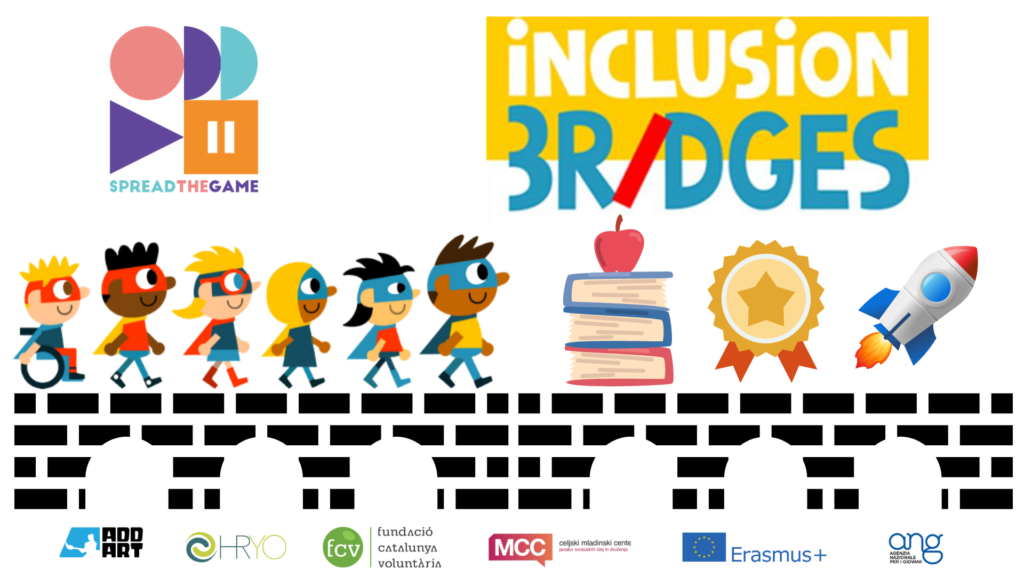
As a project, Spread the Game was born with the specific intention to explore the possible uses of gamification as a tool in formal and non-formal education programs to encourage diversity, equality, and inclusion. Our final goal is to create a toolkit to share with operators in the field, by highlighting different examples of gamification and creating a network with our partners in Europe through the exchange of success stories and good practices.
But what exactly is a good practice?
A good or best practice is a method or a technique which has produced the best results in its field of application, often becoming the standardized way to approach or complete a task with successful results. The exchange of good practices between different countries is the best way to learn new techniques and grow more confident with their application, thus allowing us to create new models in our own environment.
So, now that we know what a good practice is, let us introduce the first one we picked from Italy, a successful story of education and gamification: Inclusion Bridges.
Born within a project called ‘Social Inclusion: Out of the Box’ and promoted in Italy by ‘Xena: Centro scambi e dinamiche interculturali’, Inclusion Bridges is a game that makes the most of the concept of edutainment, successfully merging education and entertainment to promote inclusion, citizenship, and sustainable development. The project was co-created by Nexes (Spain), with the partnership of ten more organizations that have been internationally involved in a variety of different projects focused on non-formal education, equality, and human rights.
Inclusion Bridges is a free-to-play game in the form of an app available on multiple platforms and devices, a creative answer to one of the biggest evils of our global time: social exclusion.
In the game – aimed at children aged 10 and older – the player is a superhero fighting against the social exclusion monsters by building magical bridges of inclusion through good actions. The goal is to promote peer learning and cooperation, but also to increase personal awareness about social exclusion, therefore the game may be played individually or as a workshop activity in groups, within formal and non-formal education settings, with the aid of a toolkit that is made available on the website of the project. The idea behind the app is to learn about social exclusion in a fun, engaging way, and to create and promote social inclusion strategies through innovative methodologies; in addition, the game promotes diversity and a multicultural approach through its key features, which include 11 different countries as scenarios, 6 characters to choose from, and the astonishing number of 9 languages to play.
Check out a brief introduction to Inclusion Bridges in the video below, and make sure to continue to protect Earth from social exclusion through gamification and innovation along with all of us involved in Spread the Game!


Comments are closed